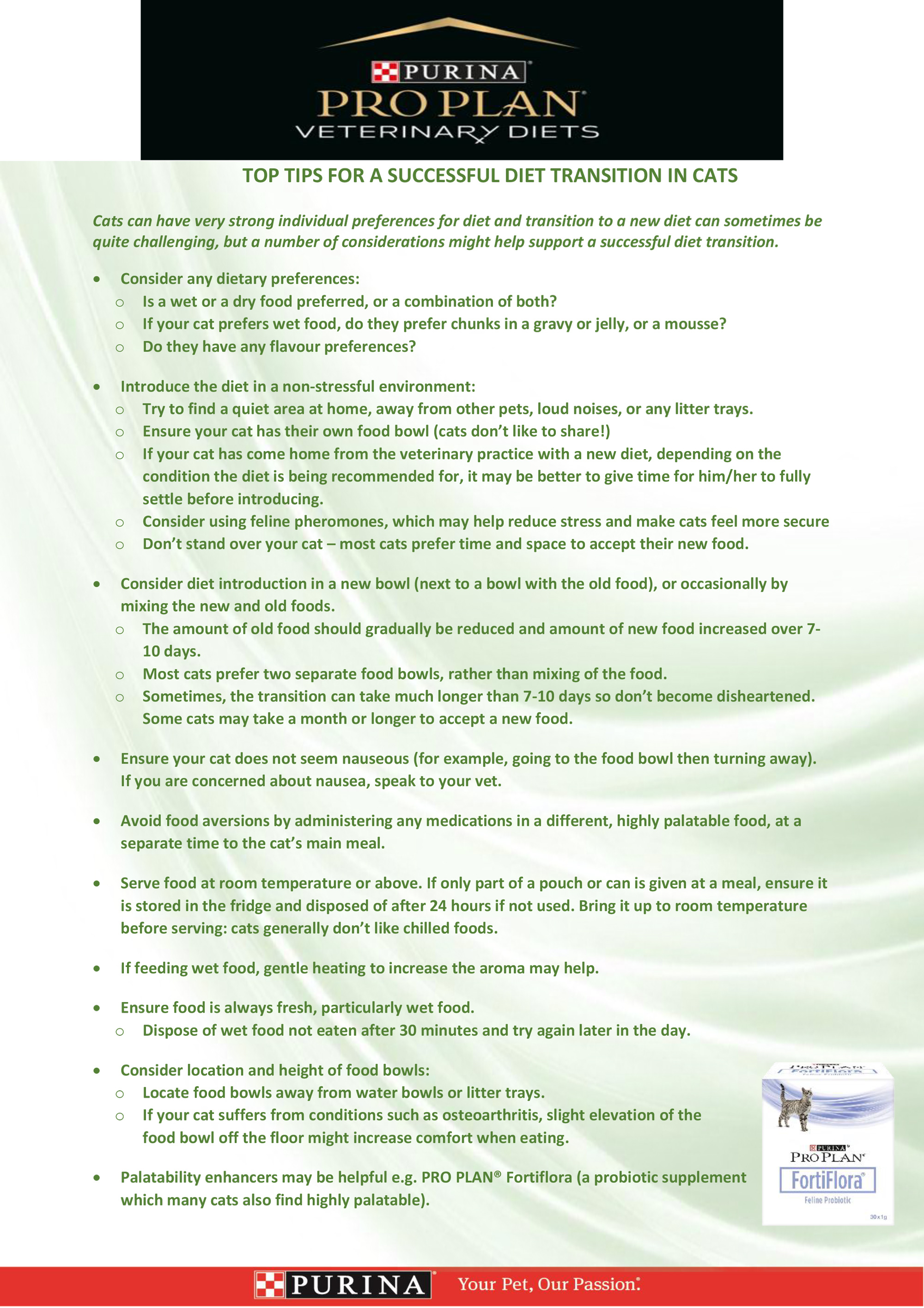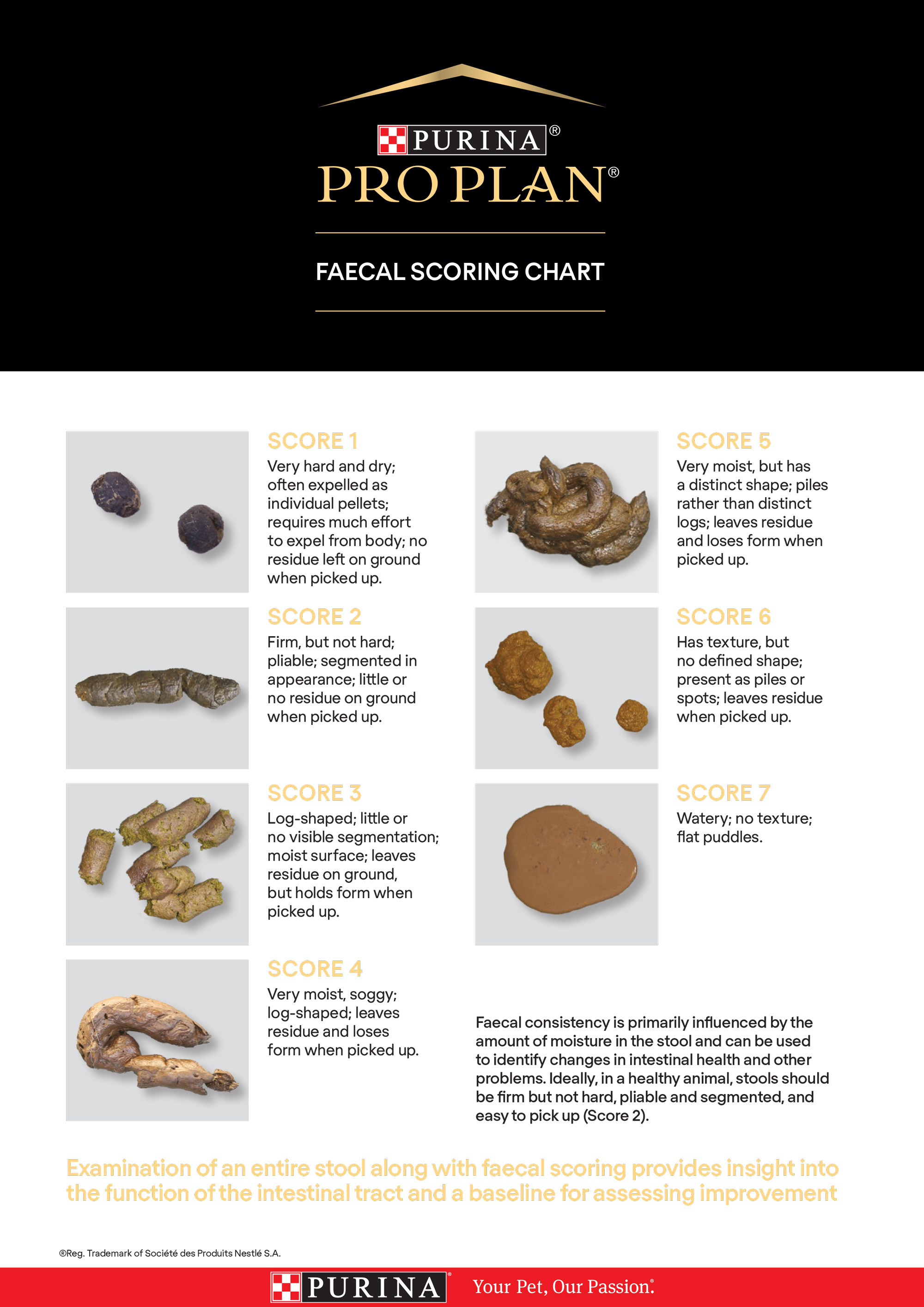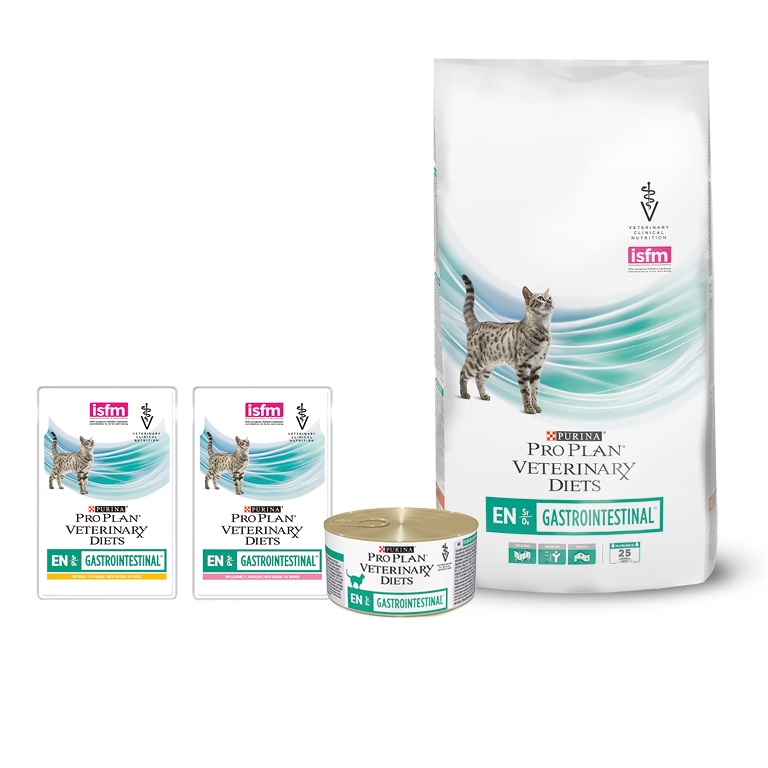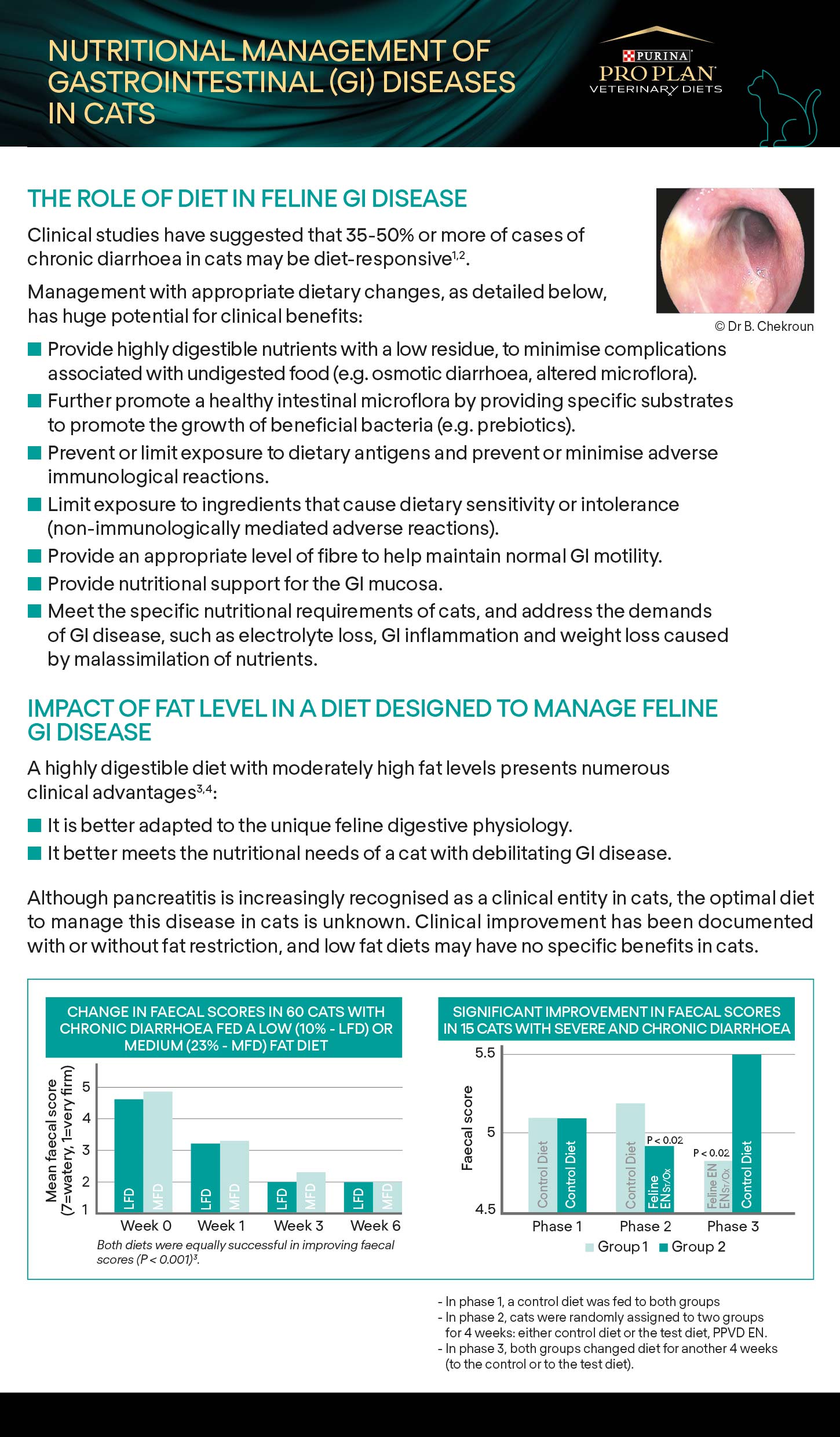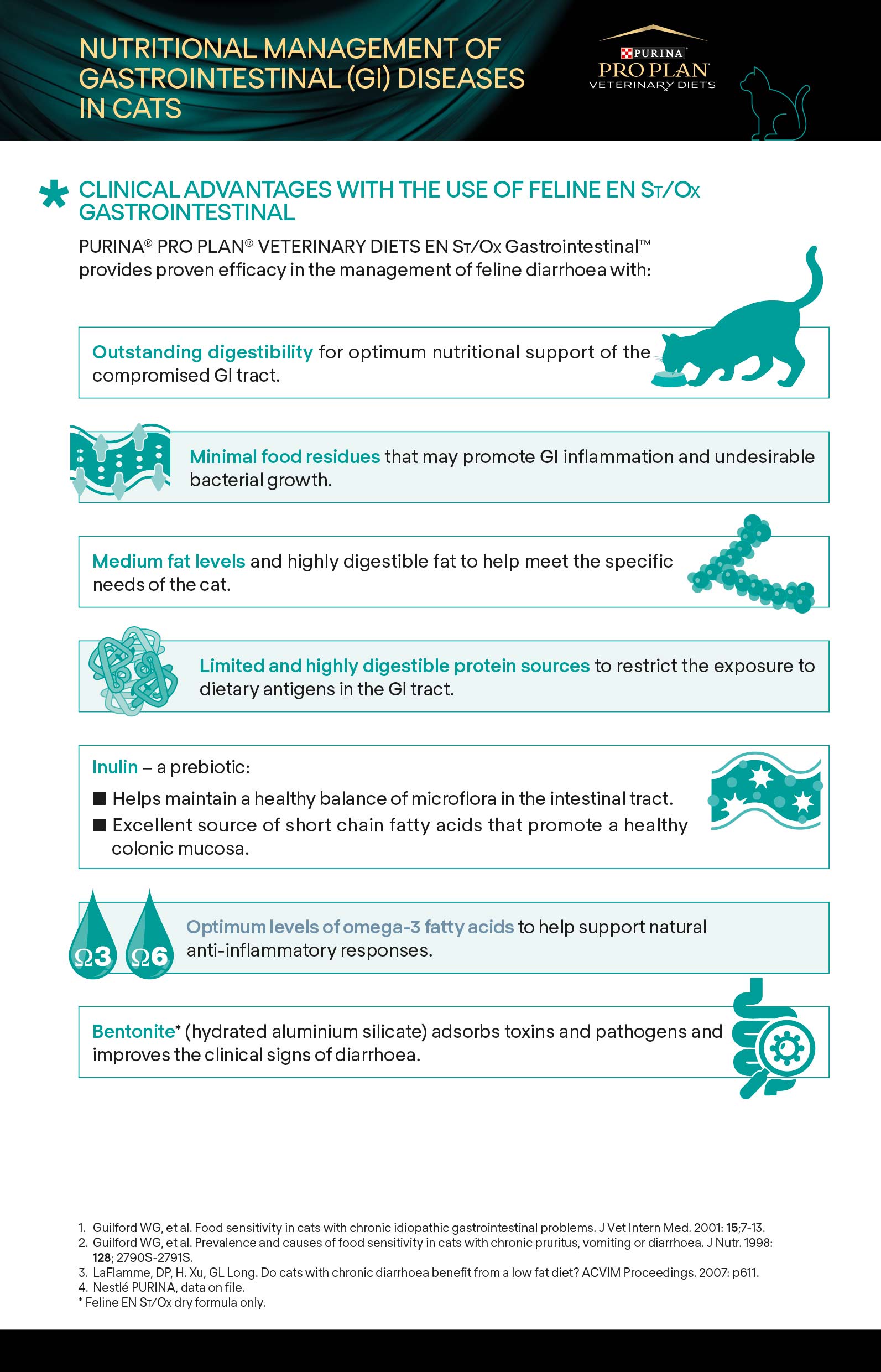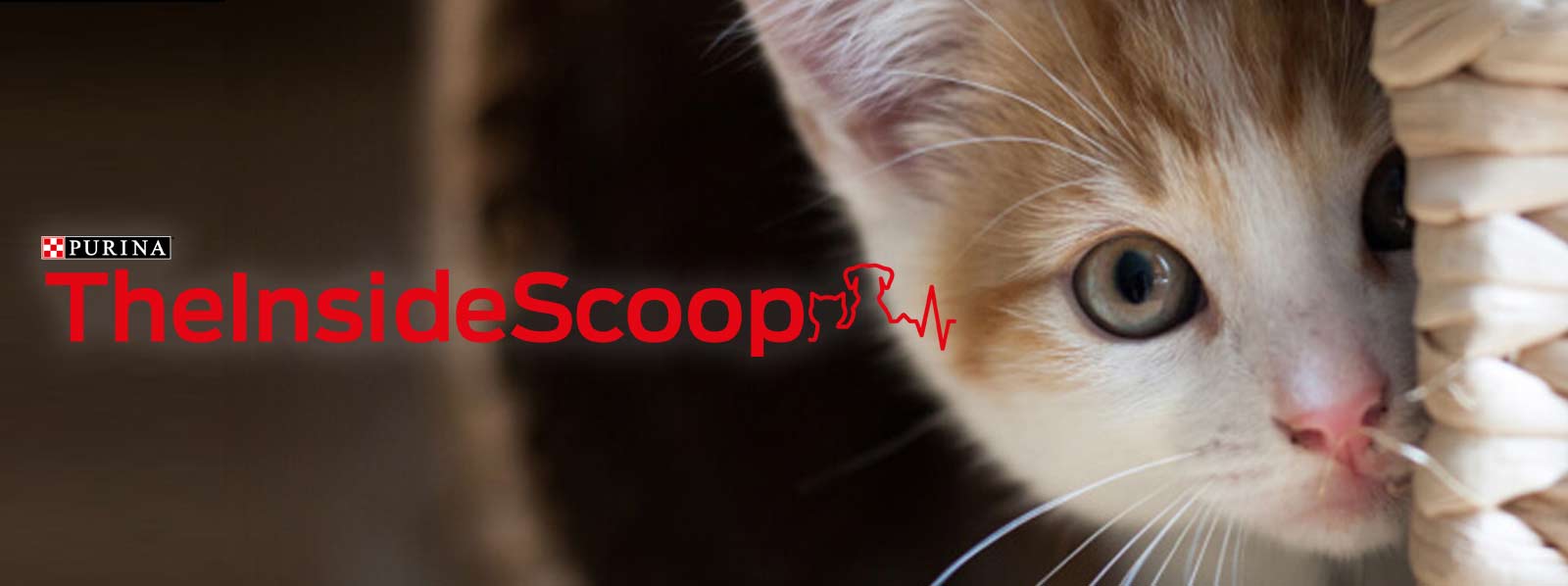
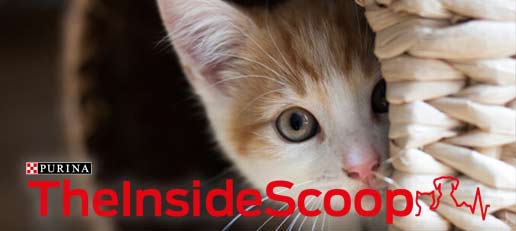
Welcome to your final Inside Scoop of the year, where we are focussing on feline gastrointestinal disease.
Our main article looks at constipation in cats – a condition where unfortunately the importance of dietary management can often be under-recognised. We also throw in a tool of the month – the fondly named Purina Poo chart. The Purina faecal scoring chart should be a staple piece of every consultation room and reception, so do ask your Purina VNP for a copy. Finally, we will bring your attention to the latest offering of CPD from the Purina Institute, featuring a range of lectures from many world-renowned speakers on all things Gastrointestinal Microbiome related.
Wishing you all a wonderful end to the year and, hopefully, some well-deserved rest over the festive season.
Your editor,
Ellie Groves
Veterinary Technical Affairs Manager for Purina
Veterinary Technical Affairs Manager for Purina
A focus on…constipated cats
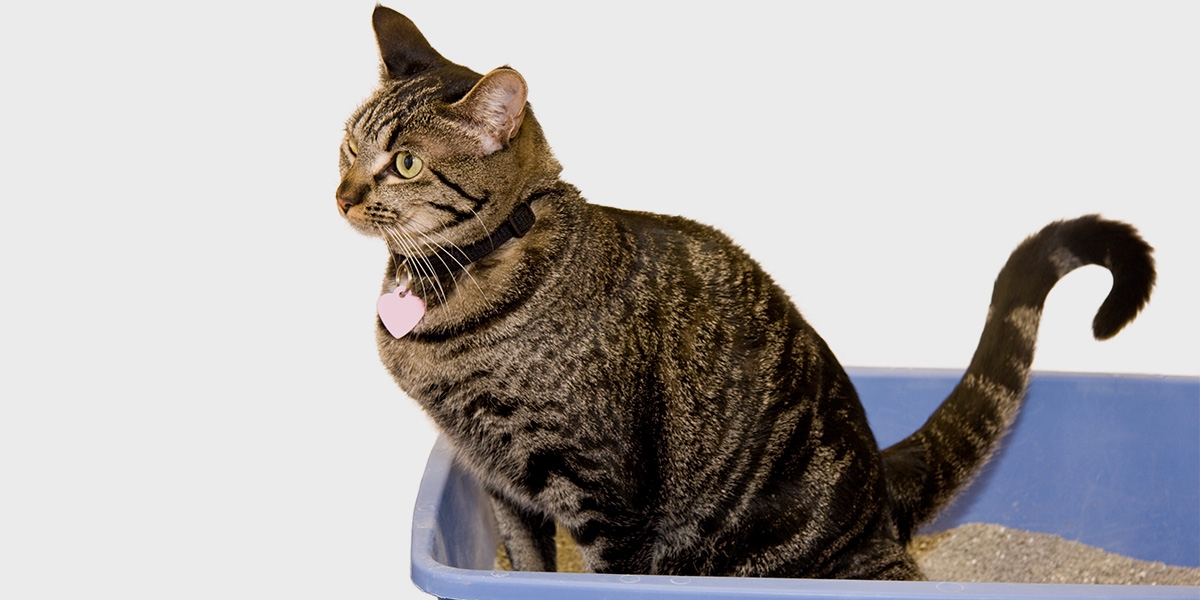
Managing constipation in cats can sometimes be both challenging and frustrating. However, alongside medical management and trying to increase activity, nutrition can play a crucial role in the likelihood of success. There are two key considerations: fluid intake and the diet being fed, each of which will be explored more here. There are a number of potential causes of feline constipation. These may include ingestion of indigestible materials, particularly furballs, obstruction of the GI tract by a tumour, stricture or pelvic fracture, electrolyte disturbances or neuromuscular disease. It is also worth remembering that constipation may present as a primary condition, or secondary to an underlying disease. Many cats with chronic kidney disease, for example, may develop constipation secondary to dehydration as a result of their renal insufficiency. However, in a large number of cases constipation is idiopathic in origin.
Where constipation is identified, it is important both to manage the underlying condition where one is thought to be causing the disease, as well as the constipation itself, and to check whether megacolon is present. The presence or absence of megacolon (irreversible dilation and flaccidity of the colon, often due to chronic recurrent constipation) can impact on the choice of dietary management.
Any cat with constipation will benefit from increased fluid intake, as this helps to soften the stools and enable them to be passed more easily. One of the most effective ways of achieving this is to feed a 100% wet (canned or pouch) diet. Unfortunately, however, some cats will simply not tolerate a morsel of wet food passing their lips! In these cases, feeding PRO PLAN® HC Hydra Care™ has been demonstrated to significantly increase fluid intake and improve hydration when fed alongside a dry diet*. Increasing intake of drinking water is another key strategy, so considering the bowl(s) water is offered in, the location, flavouring water (e.g., with the broth from poached chicken or fish) or considering running water may all be helpful in some individuals.
Alongside increasing fluid intake, consideration of the nutritional profile of the diet is very important – look for a diet to bring additional benefits over the water content alone. Some cats respond well to a highly digestible, low residue diet (such as Pro Plan Veterinary Diet® EN Gastrointestinal) whereas others respond better to a high fibre diet to stimulate gut motility (such as Pro Plan Veterinary Diet® OM Obesity Management) – a diet which will have additional benefits if the cat is also overweight. In cases of megacolon, however, particularly once more advanced when there is an absence of colonic motility, the use of a high fibre diet is not recommended as it could actually worsen the condition. A highly digestible diet such as EN, ideally a wet option, is often a great first option. The good news is that this comes in a range of textures and flavours which maximises the likelihood of acceptance even in very fussy cats. The response should be monitored, and ideally improvements should be seen within about six weeks. If there is no significant improvement in faecal score at this point it is worth either looking at supplementing Pro Plan Veterinary Diets® EN with psyllium or moving to Pro Plan Veterinary Diets® OM.
*Compared to cats consuming only water in addition to dry feeding. Cats must consume at least 26mL/kg of bodyweight daily for benefit.
Top tips and your tool of the month
This edition’s top tips focus on successful dietary transition in our feline patients. This can be a challenge in any cat suffering gastrointestinal disturbances where they may commonly be inappetant too. Hopefully these will provide some handy hints both for veterinary professionals and owners of cats!
If you are not currently using a faecal scoring chart in practice, then this is a tool you’ll really want to know about! It has a multitude of different uses in many case scenarios. The key thing to be aware of is that the perfect poo is a number two (which even rhymes, so you have no excuse not to remember it!) Armed with this knowledge a faecal scoring chart is a great way to start a conversation with pet owners. Asking them if their pet’s poo is ‘normal’ may elicit a response of ‘yes’ when it is far from normal. Amongst other things, diet has a key role to play in faecal quality, and a suboptimal poo might suggest it is time to initiate a discussion about an alternative, more appropriate diet. Faecal scoring charts are also an excellent way to help accurately assess response to medical interventions or a nutritional change. They may be helpful to track subtle changes in faecal score that an owner may not have otherwise noticed and act as an objective measure for vets or nurses which can be recorded at each visit – helpful if there is more than one clinician involved in the case. In cases of constipation, the chart can help to identify a movement away from score 1 towards a 2 that might indicate a positive response to the diet chosen, whether Pro Plan Veterinary Diet® EN or OM. In feline chronic diarrhoea cases, edging away from the cat’s starting score and closer towards a number 2, within two to three weeks after starting appropriate nutritional management, suggests a positive response to diet and could help motivate that owner to stick with the chosen diet. No deviation from the initial score after three weeks suggests alternative nutritional, or other, management strategies probably need to be employed.
For further reading on the different potential nutritional strategies to help support feline chronic enteropathies see: https://www.veterinary-practice.com/article/nutritional-management-of-feline-chronic-enteropathy
Product of the month
Our product feature this month is Pro Plan Veterinary Diet® EN ST/OX Gastrointestinal. This tasty, highly digestible food comes in dry and wet can and pouch formats, with proven clinical efficacy, for cats of all lifestages, including kittens
For more information on the Pro Plan Veterinary Diet® EN ST/OX Gastrointestinal range of formats and recipes, visit https://www.purina.co.uk/brands/pro-plan-veterinary-diets/cat
Talking point

There are a trillion microbial cells in the large intestine, and they outweigh host cells by a ratio of 10:1! As well as being enormous in number, they are enormous in importance too. The Purina Institute recently proudly presented an event focussed on ‘Putting Microbiome Science Into Clinical Practice’. Why not learn more by registering to listen to the event recordings, and gain up to 5 hours of free CPD as well as a great deal of knowledge?
See more and register here: Microbiome Forum (institute-microbiomeforum.com)
See more and register here: Microbiome Forum (institute-microbiomeforum.com)
To request a copy of the Microbiome Forum synopsis, contact vettechline@purina.nestle.com
 Purina: Your Pet, Our Passion
Purina: Your Pet, Our Passion


